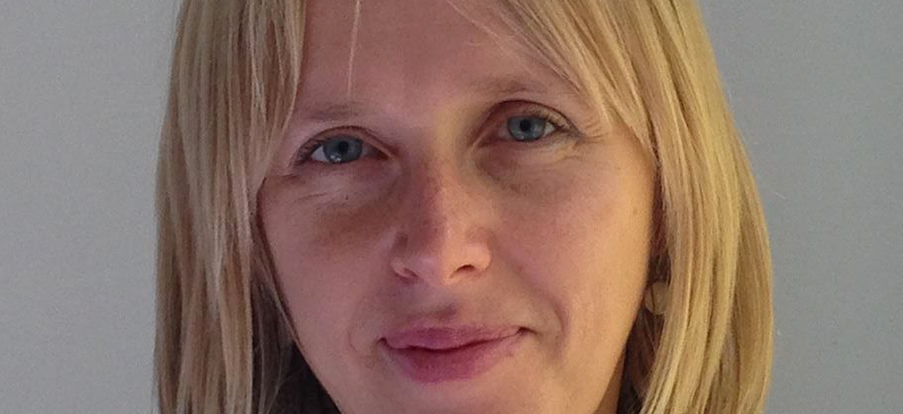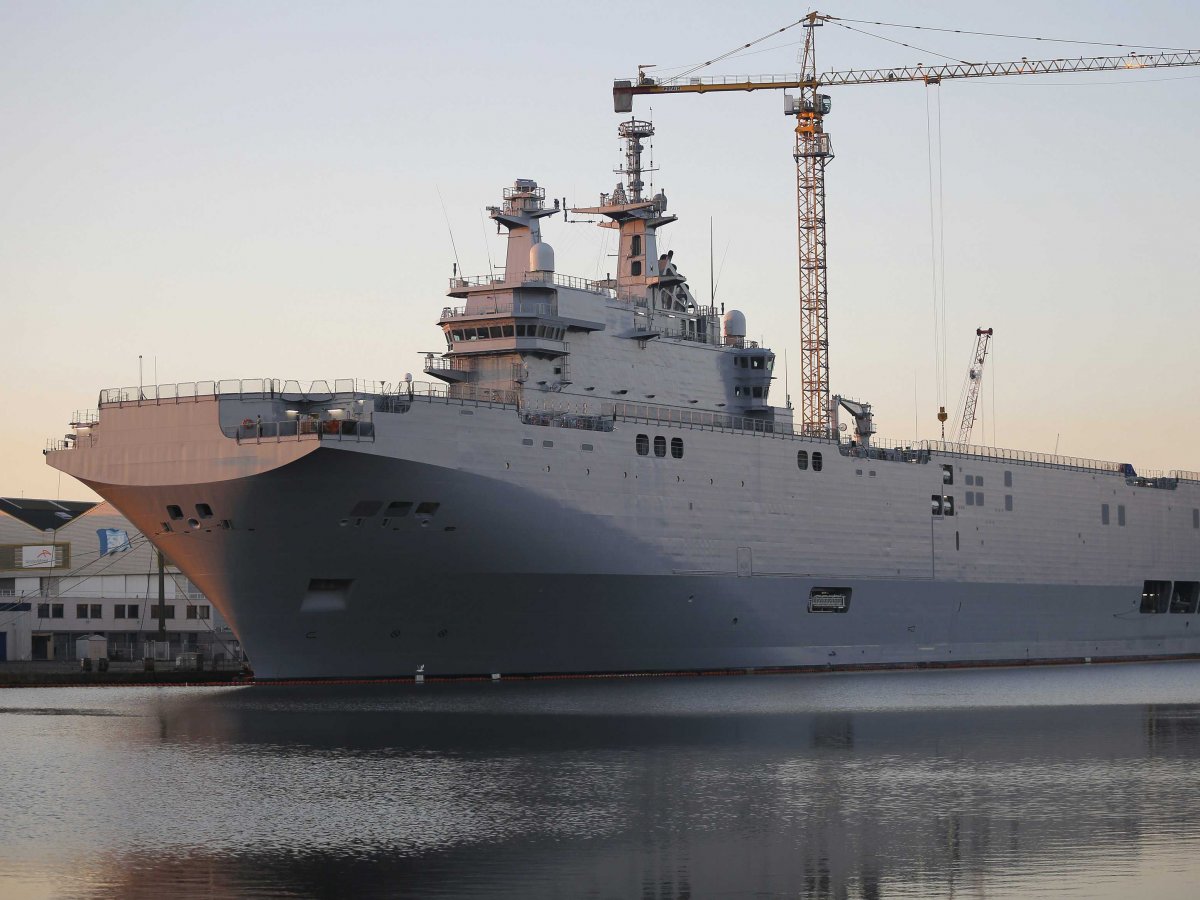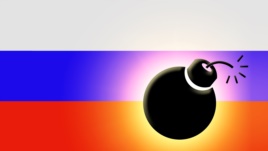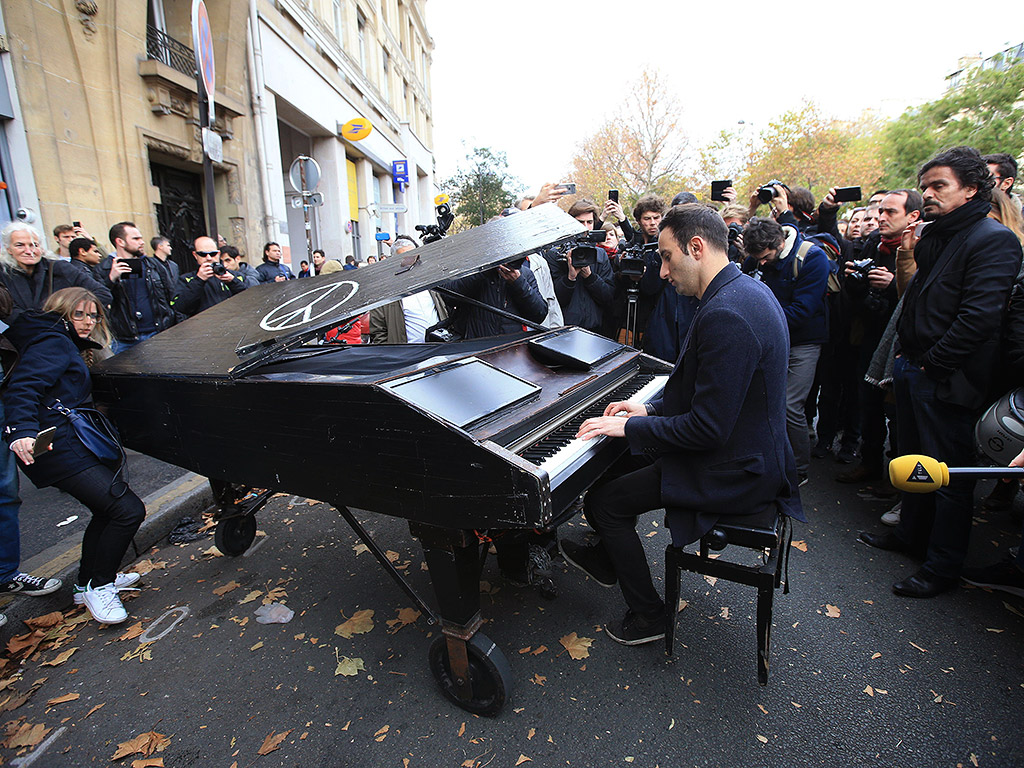The controversial film "Ukraine: the masks of the revolution" by journalist Paul Moreira was shown on French television on February 1. It was widely criticized by diplomats, international journalists and scholars for its many factual mistakes and distortions that were in line with Vladimir Putin's depiction of events. It is now scheduled to be broadcast by the Swedish national public TV. French scholars Anna Colin Lebedev and Ioulia Shukan wrote the following perceptive analysis of the film and its many shortcomings.
Why do I have the feeling I've been fooled?

Reflections on the documentary by Paul Moreira "Ukraine: the masks of the revolution." In addition to its large and small factual errors, the film is notable for its blind spots, or rather for its silence on anything beyond what is viewed through the small lens of its microscope.
The intention was laudable. In a documentary to be broadcast on Canal+, on February 1, the journalist Paul Moreira made it his mission to see the future of the ultranationalist and extreme right groups -- Svoboda, Azov, Right Sector -- that had emerged or developed in Ukraine two years ago during the revolution on Maidan. "Ukraine: the masks of the revolution" is the title of a one-hour news report that takes on the form of an indictment against the armed groups and the US power that supposedly supports them.
An important subject. An essential subject on which much can be said. "No one has really wondered who they were," the journalist proclaims in his documentary from the site of his production company. No one? Perhaps with the exception of all the permanent correspondents or special envoys in Ukraine. To mention only a few major French media sources: Benoît Vitkine examined the question from the beginning of the revolution (Le Monde 1, 2); Sébastien Gobert covered several related subjects for different medias (Libération 1 and 2, RFI
); Stéphane Siohan covered the subject for Le Figaro 1,2,3; Olivier Tallès for La Croix; Emmanuel Dreyfus for Le Monde Diplomatique; Céline Lussato for Le Nouvel Obs. Paul Gogo drew a portrait of a fighter in the Azov battalion that depicted all the ambiguity associated with these kinds of commitments.
The list of the other international correspondents covering Ukraine would be much longer still. This is true even without mentioning researchers such as Anton Shekhovtsov, who obsessively scrutinizes the extremist groups and analyzes them accurately, for example even here on Mediapart. The Odesa drama -- more than 40 dead who suffocated and burned in a building during a clash between pro-Maidan and pro-Russian groups on May 2, 2014 -- is the flagship allegation of Moreira's investigation, which claims that this tragic episode "failed to be reported" in the West. This ignores, of course, its depiction in all the major medias at the time of the events as well as several news stories a year later (Le Monde, The Economist) that provided updates on the investigation.
The premise that the issue has been concealed by the Western medias and officials, which serves as the opening of the documentary, is already false. But no matter: there were so many things to be discussed and understood on the ultranationalists in Ukraine, especially since the interest of the medias was snapped up by other hot topics. This documentary was welcome, but it fails in its mission point by point.
The film is full of small and large factual errors that will shock specialists of contemporary Ukraine but will probably pass unnoticed by the general public. For example, the report begins with a long shot of the extreme right-wing Azov battalion with its armbands and flags. In a voice-over the journalist says these flags and extremist signage were present on the Maidan. Not true: the Azov Battalion was created in May 2014, two months after the end of the Maidan Revolution
.
Similarly, the odious Igor Mosiichuk, one of the characters that serve as foils in the film, is described as the spokesman of the Maidan heroes who "has been working for the Right Sector (one of the extremist groups) for a long time." In fact, not only has this individual never belonged to the Right Sector (he is close to Azov), but when the revolution broke out he had been in prison since 2011 and was not released until the end of Maidan events.
On the ethnic and linguistic issue, the film succumbs to the most stale clichés and rejects any nuance by dividing the country into "Russians" and "Ukrainians," each group speaking its own language, and the Russians logically turning toward Russia and the Ukrainians remaining… But who are the Ukrainians? The film does not really address it.
But let's stop quibbling. After all, the strength of a TV report is not in these small details that are the subject of arguments among specialists, but in its ability to make the role of extreme right movements in the Ukrainian society battered by the war intelligible to as many people as possible. It is doubtful that this documentary succeeds.
Beyond the obvious and paradoxical lack of interest demonstrated by Paul Moreira in the events taking place in Ukraine, the film is striking in its blind spots or rather in its silence on everything that is beyond what viewed through the small lens of its microscope.
When discussing the militarization of extremist groups, the documentary mentions the war in the Donbas only in passing, even though it is precisely the core reason for this militarization, as well as of the entire society. The journalist feeds us images of soldiers training and practicing handling weapons without ever indicating that the reason for these battalions is a war that is ravaging the East of the country. He suggests, instead, that these groups are militarizing because they are of the extreme right and therefore necessarily seeking to form commandos.
In his view, the post-Maidan Ukraine is living a normal life."Thus the Ukrainian revolution was ending blissfully" the film proclaims, relating the end of the Maidan revolt, "everything is well that ends well." In this peaceful picture Russia's annexation of Crimea with the help of armed Russian forces is presented as a tranquil period when the predominantly Russian population "voted its allegiance to Russia through a referendum." But the Crimean happiness will be marred by the Right Sector, bent on "starving the peninsula" by blocking its supplies. As for the rest, the images shown are of peaceful summertime Kyiv with sudden, profoundly chilling images of military training bases behind metal gates.
"The protesters have turned into fighters against the pro-Russians in the East of the country," is the most Moreira can say. Several minutes later, the "pro-Russians" in question are in the viewfinder of this camera: women and frail elders that the battalions are supposedly attacking. Then follows the story of May 2, 2014, in Odesa, focused on the tears of the victims and another one of these uncontrollable and radical characters -- Mark Gordienko, who had already been the subject of a Le Monde story in May 2015.
In his depiction of this tragic eruption, when dozens of pro-Russians die in a building on fire, the documentary is clearly on the side of the pro-Russians (who are inevitably fragile) against the pro-Ukrainians (inevitably neo-Nazi). The presence of a self-defense army on the pro-Russian side, the tipping point when the confrontation results in the first death (on the pro-Ukrainian side), and the proven inaction of the police forces are barely mentioned in the report, even though these events throw much more light on the Odesa tragedy than the angle chosen in this film -- violent action by extremist groups.
However, at certain moments, the story almost touches on the real issue, the one that could have been the subject of an excellent investigation: the transformation of Ukrainian society by the war, the reason why the state institutions have accepted the presence of extremist elements among the fighter battalions, the legitimacy of these battalions in society, the debates that they provoke, their recruitment and the degree of state control over their actions.
It could have also distinguished between different forms of nationalism that are present in Ukrainian society today: moderate nationalism that encompasses the democratic values that predominated on Maidan and the circles of power, the nostalgic anti-Soviet forms that refer to the fighters for national independence of the 20th century while obscuring the collaboration of these groups with the Nazis; the harder ethnic nationalism represented by Svoboda, which is becoming more and more marginalized; and finally the nationalism of the extreme right, an extreme minority, which considers violence a legitimate means of action and incorporates a few neo-Nazi groups.
The film could have relied on the results of the presidential and parliamentary elections of 2014 to show the marginalization of the Right Sector and the weakening of Svoboda -- parties not represented in Parliament because they had not reached the minimum threshold of votes -- while examining the presence of about a dozen ultra-nationalist deputies. This line of questioning could have provided a rich and unpublished inquiry. But, basically, all these little Ukrainian matters do not interest Moreira.
Because what really interests him is the United States.
Three times he returns to the scene that delighted Russian pro-state medias: Assistant Secretary of State Victoria Nuland distributing cookies to the protesters on Maidan. For Russian analysts, the somewhat incongruous gesture of the American diplomat became the symbol of US involvement in Ukrainian politics, designed to weaken Russia. "Could the US diplomat who had come to support the revolution not be aware of the presence of paramilitary groups?" the journalist asks, while demonstrating his complete ignorance of the diversity of the Maidan, including its self-defense groups. In his view, if the diplomat was there, it was necessarily because the US had supported the extremist groups.
"The US wanted with all its might for the political regime in Kyiv to change. Without the extreme right forces this change would not have been possible," Moreira claims. This concluding argument comes at the end of the film without any evidence to support it except for the incongruous statements of a few former US officials who supported the idea of military aid for Ukraine at a forum in Kyiv. The other argument that Moreira could not resist is the joint presence of Dominique Strauss-Kahn and Bernard-Henri Lévy
at the same forum -- our own foils. The journalist delights at DSK's refusal to comment, who has nothing to contribute to the subject matter but who helps significantly in discrediting this meeting of Westerners in Kyiv.
Basically, the author of the film has no need of proof. He is obsessed with an idea that he seeks to confirm. Tatiana Gerasimova, coordinator of the May 2 Group that is calling for an independent investigation into the Odesa tragedy, has given her impressions of the meeting with Moreira. She describes him as not very interested in her description of events, posing questions only about the pro-Ukrainian extreme right groups but not the pro-Russian provocations, and asking the activist to identify the members of the Right Sector on the videos.
Finally, and despite efforts to produce a thrilling investigation, the documentary brings no new fact, no element that is not part of the usual rhetoric of Russian medias aligned with Putin's discourse. Nothing that is on the level of the investigations conducted by journalists who have spent time in Ukraine and have studied the matter with some care. For those who want to learn something about the relation of the extremist groups to the Ukrainian state, we can suggest reading the recent article by Anton Shekhovtsov, "Will Ukraine have a Junta?"
"Why do I have the feeling I've been fooled?" Moreira wonders in the beginning of his documentary. Yes, Paul, the question deserves to be asked.
Anna Colin Lebedev, Researcher, Center for Russian, Caucasian and Central European Studies (CERCEC EHESS)
Ioulia Shukan, Assistant Professor, Paris West University Nanterre La Défense
Translated from the original French by Anna Mostovych
Related:
- "Masks of the Revolution": a film of sensationalism and conspiracy theory
- Activists protest broadcast of scandalous "Ukraine -- Masks of the Revolution" in Sweden
- French reporters to film director: "Ukraine -- Masks of the Revolution" slanders our vocation
- Homophobic Stalinist reiterates Russian propaganda for French documentary
- Book details Kremlin's influence networks in France
- French writer comments on France's newest "useful idiot"




